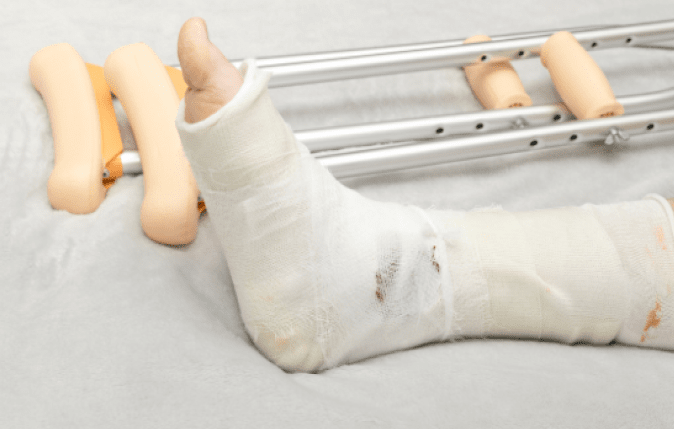Exploring the Link Between Posture and Cervical Migraines
Posture plays a crucial role in our overall health and well-being. Poor posture not only affects our musculoskeletal system but can also lead to various health issues, including cervical migraines. Understanding the connection between posture and migraines is essential for effective prevention and management.
The Relationship between Poor Posture and Cervical Migraines:
Cervical migraines, also known as cervicogenic headaches, are a type of headache that originate from the neck or cervical spine. Poor posture, characterized by slouched shoulders and forward head position, can lead to excessive strain on the neck muscles and joints. This prolonged stress can trigger migraines in susceptible individuals.
Signs and Symptoms of Cervical Migraines:
- Pain: Typically on one side of the head and may radiate to the shoulder or arm.
- Neck Stiffness: Often accompanied by limited range of motion in the neck.
- Visual Disturbances: Some individuals may experience visual changes or aura.
- Nausea or Vomiting: Especially in severe cases.
- Sensitivity to Light or Sound: Common migraine symptoms may also be present.
Diagnosis and Treatment:
If you suspect you may be experiencing cervical migraines, consult a healthcare professional for a proper diagnosis. They will perform a thorough examination, which may include imaging tests like MRI or X-rays.
Treatment Options:
Physiotherapy: A key component in managing cervical migraines is improving posture. Physiotherapists employ exercises and techniques to strengthen neck muscles and correct posture.
Ergonomic Changes: Modifying workstations and daily activities to promote proper posture is crucial.
Medication: Depending on the severity, your healthcare provider may recommend pain relievers or muscle relaxants.
Stress Management: Techniques like yoga, meditation, and deep breathing can help alleviate migraine triggers.
Trigger Point Injections: In severe cases, injections of medication into specific trigger points may be considered.
Physiotherapy Sessions and Duration:
The number of physiotherapy sessions required varies based on individual factors such as the severity of posture issues and migraines. Typically, a course of 6-12 sessions over a few weeks is recommended. Maintenance exercises may be advised for long-term benefits.
Prevention and Lifestyle Changes:
Maintain Good Posture: Be mindful of your posture, especially when sitting or using electronic devices.
Regular Exercise: Engage in activities that strengthen neck and shoulder muscles.
Stay Hydrated and Well-Rested: Dehydration and lack of sleep can exacerbate migraines.
Manage Stress: Practice relaxation techniques to reduce stress levels.
Seek Prompt Treatment: Address any new or worsening symptoms with your healthcare provider.
Remember, early intervention and consistent efforts towards better posture can significantly reduce the frequency and intensity of cervical migraines. If you suspect you may be suffering from this condition, consult a healthcare professional for personalized advice and treatment.

















